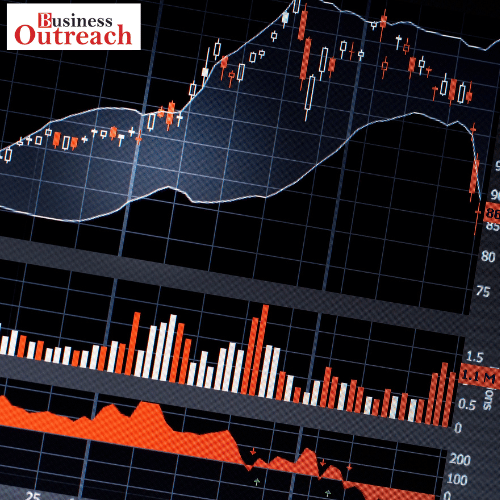Australia’s robust A$2.4 trillion pension sector has recently witnessed a substantial increase in investments in both local and foreign debt, growing by over A$20 billion in the past year. This shift towards fixed income is notable, considering the country’s historical preference for equities. Rising yields have breathed new life into this often-overlooked asset class.
AustralianSuper’s Strategic Move
AustralianSuper, the nation’s largest pension fund managing A$300 billion, has significantly increased its fixed income allocation, reaching its highest level since at least 2013. The fund has doubled its debt assets to A$40 billion over the past year and expanded its London office with the addition of at least three new fixed-income portfolio managers. This strategic shift is in response to the normalization of interest rates, marking a departure from a low fixed interest allocation in previous years.
Australian Retirement Trust Follows Suit
The Australian Retirement Trust, responsible for managing A$240 billion, has also increased its fixed income allocation from 12.5% to 13.7%, as per regulatory filings. This move reflects the broader trend in the sector, as pension funds reconsider their investment strategies to adapt to changing market conditions.
Historical Preference for Equities
Australia has historically favored stocks over bonds, partly due to tax laws that have encouraged dividend-friendly investments since the 1980s. Additionally, the global financial crisis of 2008 led to decreased interest in debt securities as yields declined. For instance, the Australian government’s 10-year bond yields dropped from 6% in 2007 to around 1% in 2020 before rebounding to over 4%. This departure from global standards prompted some experts to consider Australia’s investment bias toward equities as disproportionate for an OECD country.
Changing Sentiment Towards Fixed Income
The recent surge in benchmark sovereign yields since late 2020 has attracted Australian pension funds back to public debt markets. Despite historically favoring private debt markets due to liquidity premiums, they are now increasingly venturing into the fixed-income sector. Even funds that are not permanently altering their allocation strategies are actively trading bonds. Aware Super, managing A$160 billion, has made fixed income its most actively traded asset class in recent years, with roughly a tenth of its primary vehicle now invested in fixed interest. This shift indicates the sector’s cautious embrace of fixed-income investments.
Hostplus’s Tentative Entry
Hostplus, Australia’s fifth-largest fund overseeing A$100 billion, has added debt to its primary vehicle for the first time in five years, though the allocation remains relatively small at 3%. This cautious approach typifies the broader sentiment in the sector as they seek to find a balance in their investment portfolios. Over the last year to 18 months, pension funds have been working towards achieving a more neutral stance regarding fixed income without going overboard.
Conclusion
Australia’s pension sector’s shift towards fixed-income investments reflects changing market dynamics, with rising yields attracting funds back to public debt markets. While some pension funds have substantially increased their allocations, others are taking a more measured approach. This evolution indicates the sector’s adaptability and recognition of the potential benefits of diversifying portfolios beyond traditional equities.














